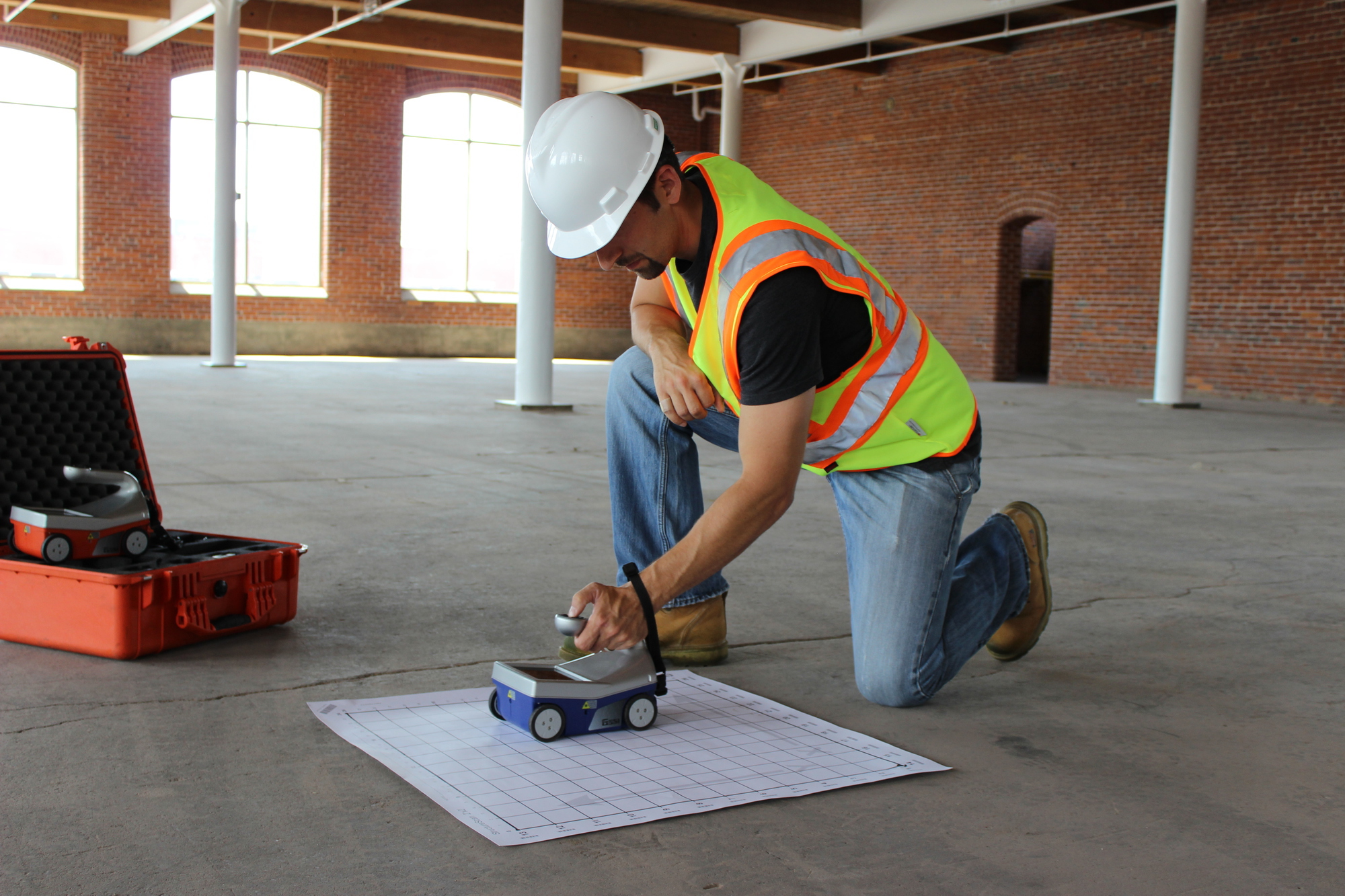The Significance of Precise Concrete Scanning in Finding Underground Hazards
The capacity to precisely find and map these below ground threats is not just an issue of comfort however a crucial facet of guaranteeing the safety of both building workers and the integrity of the project itself. By releasing innovative scanning innovations and approaches, experts can reveal concealed threats, prevent expensive problems, and ultimately pave the method for smoother and more secure construction endeavors.
Advanced Scanning Technologies for Discovery
Advanced radar systems are transforming the field of underground discovery by giving unrivaled accuracy and effectiveness. These sophisticated scanning technologies use ground-penetrating radar (GPR) to produce in-depth photos of subsurface structures, providing insights into what exists underneath the surface with amazing clearness. By discharging high-frequency pulses into the ground and measuring the reflections, radar systems can recognize variations in material structure and detect underground risks such as spaces, cables, and pipes.
Among the vital advantages of these innovative radar systems is their non-invasive nature, enabling detailed assessments without causing damage to the existing frameworks. This not just ensures the safety of the surrounding atmosphere however likewise lessens the need for pricey repair services or disturbances to recurring construction tasks. Additionally, the real-time information offered by these scanning innovations enables fast decision-making and improves overall task effectiveness.
Importance of Subsurface Mapping

Precise subsurface mapping assists in avoiding expensive damages to existing underground framework, lowering the threat of mishaps, and maintaining project timelines. It makes it possible for project supervisors to make enlightened choices relating to site planning, tools implementation, and resource allotment. Additionally, subsurface mapping enables far better sychronisation among various groups working with a project and aids in abiding by regulatory needs associated with underground energy discovery.
Mitigating Risks in Building And Construction Jobs
Effective threat mitigation methods are crucial for guaranteeing the success and security of building and construction projects. One crucial element of mitigating risks in construction jobs is detailed planning and assessment at the initial phases.
Furthermore, developing clear interaction networks amongst all job stakeholders and making certain rigorous adherence to safety procedures are crucial elements of threat reduction. Normal examinations, quality control measures, and monitoring of work progress can help in identifying and dealing with any emerging risks quickly. Moreover, having contingency plans in position for unexpected challenges can considerably decrease the impact of disruptions on the task. By proactively implementing robust risk mitigation strategies, construction tasks can decrease hold-ups, expense overruns, and security events, ultimately leading to successful project outcomes.

Stopping Costly Damages and Delays
To minimize economic losses and job obstacles, effective strategies have to be carried out to avoid costly problems and delays in construction tasks. Determining these blockages early on assists in planning the task design more successfully and preventing potential problems during excavation.
In addition, purchasing training programs for building and construction workers on the relevance of concrete scanning and risk-free excavation practices can substantially decrease the threat of delays and mishaps. Clear interaction channels in between project supervisors, engineers, and on-site workers are additionally important to make certain that everybody understands the potential dangers and follows the needed methods to avoid pricey damages. By prioritizing aggressive measures like concrete scanning and promoting a society of safety and security and awareness, building projects can reduce the monetary influence of unexpected underground blockages and stay clear of costly delays.
Ensuring Security of On-Site Employee
By focusing view it now on proactive steps such as detailed training programs and clear interaction channels, construction jobs can make sure the safety and security of on-site employees amid the potential risks found via concrete scanning. Correct training equips workers with the knowledge and skills needed to navigate building websites securely, particularly when threats are recognized through scanning processes. Training should cover hazard recognition, emergency procedures, and the proper utilization of personal protective tools to minimize risks efficiently.
Furthermore, establishing clear communication networks is vital for sharing details concerning recognized threats promptly. This ensures that all on-site employees are aware of possible risks and can take needed safety measures to avoid crashes. Normal safety and security rundowns, toolbox talks, and consistent updates pertaining to scanning results assistance keep everyone educated and positive in maintaining a safe workplace.
Furthermore, applying stringent find more adherence to safety methods and guidelines, conducting normal security audits, and promoting a culture of safety consciousness among employees are vital parts in ensuring the wellness of on-site workers during construction jobs - RainierGPR Concrete Scanning. Proactive precaution not only safeguard workers from injury but additionally contribute to the total success and effectiveness of the task
Final Thought
To conclude, accurate concrete scanning plays an important duty in detecting below ground dangers. Making use of sophisticated scanning modern technologies and subsurface mapping aids minimize threats in building projects, preventing expensive damages and hold-ups. By guaranteeing the safety and security of on-site personnel, precise scanning can substantially boost the effectiveness and success of building operations. It is essential for building business to focus on using specific scanning methods to reduce prospective dangers and make certain a smooth construction process.
By proactively applying durable danger mitigation strategies, construction tasks can lessen delays, cost overruns, and safety and security cases, eventually leading to successful project end results. - RainierGPR Concrete Scanning
To lessen financial losses and task obstacles, efficient strategies have to be carried out to avoid costly problems and delays in building and construction jobs. use this link By prioritizing aggressive steps like concrete scanning and promoting a society of safety and recognition, building tasks can lessen the financial effect of unexpected below ground obstructions and stay clear of costly hold-ups.
By prioritizing aggressive steps such as thorough training programs and clear communication networks, building tasks can guarantee the safety and security of on-site personnel in the middle of the potential dangers spotted via concrete scanning. Utilizing sophisticated scanning modern technologies and subsurface mapping helps alleviate risks in building tasks, preventing expensive problems and delays.